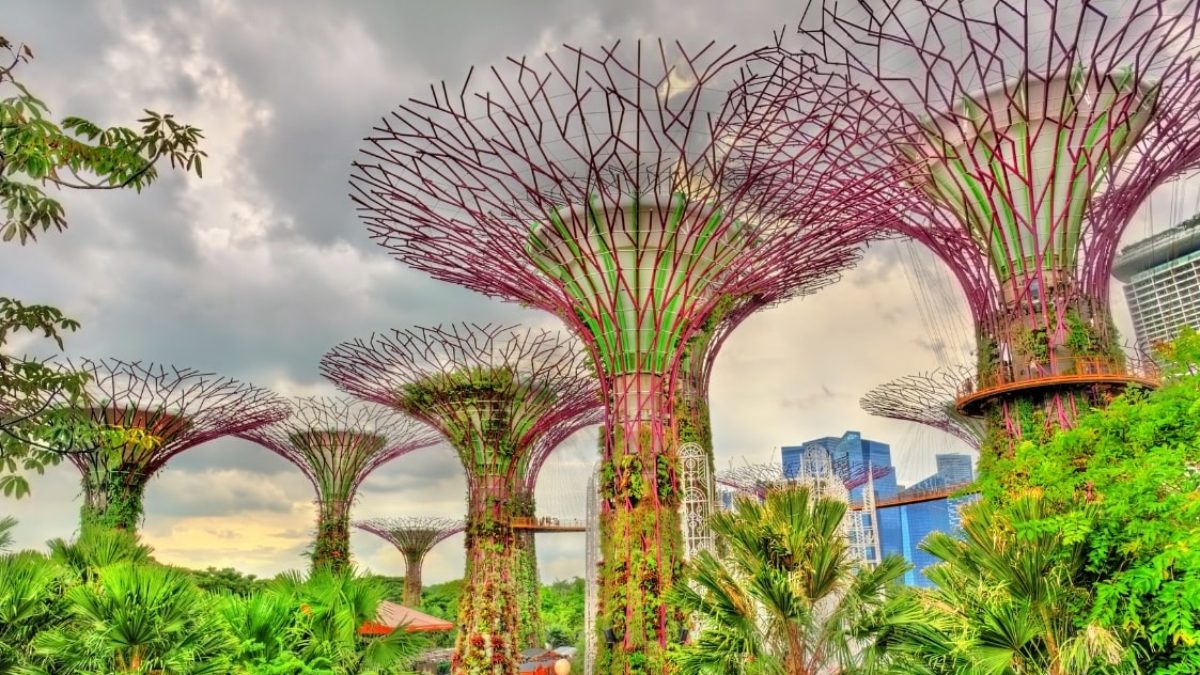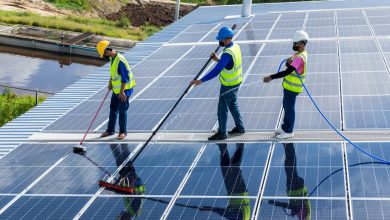The Green Revolution: How Modern Landscape Services Are Transforming Singapore’s Urban Identity

Professional landscape services have become the invisible architects of Singapore’s transformation from a concrete jungle to a global exemplar of urban greenery, fundamentally altering how residents experience their city-state. This evolution represents not merely an aesthetic shift but a profound reimagining of what urban environments can achieve when natural elements are integrated with deliberate purpose and scientific precision.
The Historical Arc of Singapore’s Green Ambitions
Singapore’s journey toward becoming a “City in a Garden” reflects a remarkable convergence of vision, necessity, and execution. When the nation gained independence in 1965, its leaders recognized that environmental quality would be essential to distinguishing the small island in a competitive global landscape.
“The early greening campaigns were initially about pragmatic concerns—reducing dust, moderating temperatures, managing stormwater,” explains a senior landscape architect who has witnessed this transformation over four decades. “What’s fascinating is how this utilitarian beginning evolved into something far more sophisticated: a comprehensive approach to urban ecology that now defines Singapore’s international identity.”
Beyond Aesthetics: The Science of Modern Landscaping
Today’s landscape professionals operate at the intersection of multiple disciplines, bringing scientific rigour to what many still mistakenly perceive as primarily decorative work:
- Soil chemistry analysis to ensure optimal plant health without excessive inputs
- Microclimate modelling to select appropriate species for specific urban conditions
- Hydrology calculations to manage Singapore’s abundant rainfall effectively
- Biodiversity assessments to support urban wildlife corridors
- Carbon sequestration measurements to quantify environmental benefits
This scientific underpinning distinguishes contemporary landscape services from their predecessors, who often relied primarily on horticultural traditions rather than evidence-based methodologies.
The Innovation Ecosystem Behind Singapore’s Greenery
The technical capabilities of Singapore’s landscape industry have advanced remarkably through a sophisticated ecosystem of research, education, and application:
- Dedicated research facilities exploring heat-resistant plant varieties
- Rain garden designs calibrated specifically for tropical downpours
- Vertical greening systems engineered for high-rise applications
- Automated irrigation technologies that optimize water usage
- Root management systems that allow trees to coexist with urban infrastructure
“What’s particularly impressive about Singapore’s approach is the feedback loop between implementation and research,” notes an environmental science professor. “When landscape professionals encounter challenges in the field, these questions make their way back to research institutions, creating a virtuous cycle of continuous improvement.”
The Economic Calculus of Greenery
The business case for landscape services reveals much about Singapore’s pragmatic approach to environmental enhancement:
- Property value increases of 10-15% for developments with sophisticated landscaping
- Reduced energy costs through strategic shade provision and evaporative cooling
- Stormwater management savings from reduced infrastructure requirements
- Wellness benefits translating to measurable productivity improvements
- Tourism advantages from Singapore’s international reputation as a garden city
This economic dimension helps explain why landscape services have received consistent support across economic cycles—they represent an investment rather than merely an expense.
The Client’s Guide to Landscape Excellence
For property owners seeking to engage landscape services effectively, understanding several key principles can significantly improve outcomes:
- Soil quality assessment should precede any planting programme
- Maintenance requirements should be considered during the design phase
- Native species typically offer better resilience in local conditions
- Water management strategies should be integrated from the beginning
- Phased implementation can distribute costs while maintaining coherence
Learning from Singapore’s Landscape Approach
The principles that have made Singapore’s landscape services so effective offer insights applicable beyond this specific industry:
- Long-term vision coupled with incremental execution
- Evidence-based methodologies rather than merely aesthetic considerations
- Integration of multiple technical disciplines
- Continuous refinement based on performance data
- Balanced consideration of environmental and economic factors
“What distinguishes Singapore’s landscape management is its systematic nature,” observes a visiting urban planning consultant. “Rather than treating green spaces as isolated amenities, they’re conceived as part of an integrated system that performs multiple functions simultaneously.”
The Environmental Imperative
As climate challenges intensify, landscape services have taken on new significance:
- Urban heat island mitigation through strategic vegetation placement
- Carbon sequestration in both soil and plant material
- Biodiversity support through habitat creation and connectivity
- Air quality improvement through particulate capture
- Psychological resilience through access to restorative environments
This environmental dimension transcends mere ecological benefits—it speaks to Singapore’s fundamental approach to resilience. By investing in natural systems as infrastructure, the city-state has created redundancy and adaptability in its environmental defenses. During intense rainfall events, for instance, properly designed landscapes act as distributed stormwater management systems, reducing pressure on centralized drainage infrastructure.
“What makes Singapore’s approach so effective is that it sees landscapes as working systems, not just aesthetic amenities,” notes an environmental engineer who specializes in climate adaptation. “When you design a landscape that can absorb a 50-year storm event while simultaneously cooling the surrounding area and providing habitat, you’ve created triple-value infrastructure.”
The Future Landscape
Singapore’s next frontier in landscape development points toward even greater integration of technology and nature:
- Real-time monitoring systems for plant health assessment
- Predictive maintenance algorithms reducing resource inputs
- Bioengineered solutions for challenging urban environments
- Enhanced biodiversity support through microhabitat creation
- Climate-adaptive species selections anticipating future conditions
The evolution from simple beautification to sophisticated landscape ecology represents one of Singapore’s most successful yet understated innovations—a reimagining of the relationship between urban development and natural systems.
For residents and visitors alike, the cumulative effect of these landscape interventions creates an environment unlike any other major city, where the lines between built and natural environments increasingly blur. The transformation continues, block by block and project by project, guided by the sophisticated expertise and technical capabilities that characterize modern landscape services.




